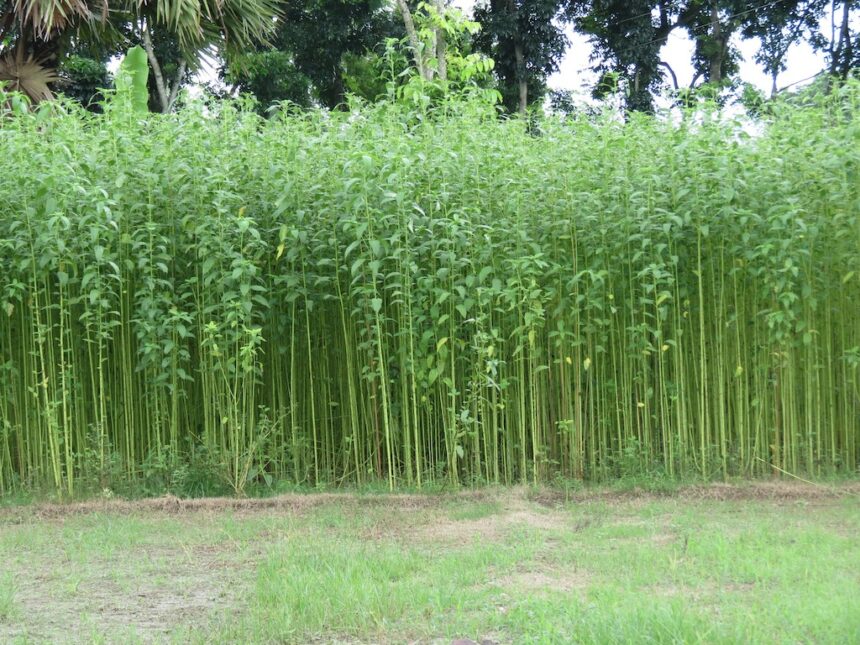Jute (Corchorus spp.) is a valuable cash crop, particularly in tropical regions like South Asia and parts of Africa. However, it is susceptible to various diseases, one of the most detrimental being stem rot. Stem rot can significantly affect jute yield and quality if not identified and managed early. Understanding the early signs of stem rot is essential for farmers to implement timely interventions and protect their crops. Here are ten early signs that your jute plants may be suffering from stem rot.
1. Wilting Leaves
One of the first signs of stem rot is wilting leaves. Affected plants may show signs of drooping or curling leaves, even when the soil is adequately watered. This wilting occurs due to compromised vascular tissues, hindering water and nutrient transport.
2. Discoloration of Stems
As the disease progresses, the stems may begin to change color, turning brown or black, especially at the base. This discoloration is often a clear indication of stem rot, which affects the plant’s ability to photosynthesize and grow effectively.
3. Softening of the Stem Base
Inspect the base of the jute stems closely. An early sign of stem rot is a soft, mushy texture at the stem base, indicating tissue degradation. This softening is caused by the rot pathogens breaking down the plant’s structure.
4. Foul Odor
Stem rot pathogens can produce a foul smell as they decompose the plant tissue. If you notice a pungent, decaying odor around your jute plants, it may indicate the presence of stem rot.
5. Reduced Growth Rate
Infected jute plants may exhibit stunted growth compared to healthy plants. The overall vigor of the plants will decline, leading to shorter heights and fewer leaves as the disease takes hold.
6. Yellowing Leaves
Chlorosis, or yellowing of the leaves, is another early indicator of stem rot. As the disease affects the plant’s nutrient uptake, leaves may lose their green color, indicating that the plant is struggling to survive.
7. Premature Leaf Drop
As the disease progresses, affected jute plants may begin to shed their leaves prematurely. This can be an alarming sign, as it not only reduces the plant’s photosynthetic capacity but also weakens its overall health.
8. Presence of Fungal Mycelium
During the early stages of stem rot, you may notice the appearance of white fungal mycelium at the base of the stems or on the soil surface. This fungal growth is a direct indicator of stem rot pathogens and should be addressed immediately.
9. Brown or Black Lesions
Check for small brown or black lesions on the stems or leaves. These lesions indicate localized tissue damage caused by stem rot pathogens, signaling that the plant’s health is compromised.
10. Root Rot
While primarily a stem disease, stem rot can also affect the roots. Inspect the root zone for signs of rot, such as blackened or mushy roots. This can further exacerbate the plant’s inability to absorb water and nutrients, leading to further decline.
Recognizing the early signs of stem rot in jute is crucial for effective disease management and prevention of crop loss. Farmers should remain vigilant and conduct regular inspections of their jute crops, especially during periods of high humidity and moisture, which favor the development of stem rot. Upon noticing these signs, it is essential to implement appropriate cultural practices, such as improving drainage, crop rotation, and timely application of fungicides to mitigate the spread of the disease. By addressing stem rot early, jute farmers can protect their investments and ensure a healthy, productive crop.
Join 'Farmers Mag' WhatsApp Channel
Get the latest Farming news and tips delivered straight to your WhatsApp
CLICK HERE TO JOIN






